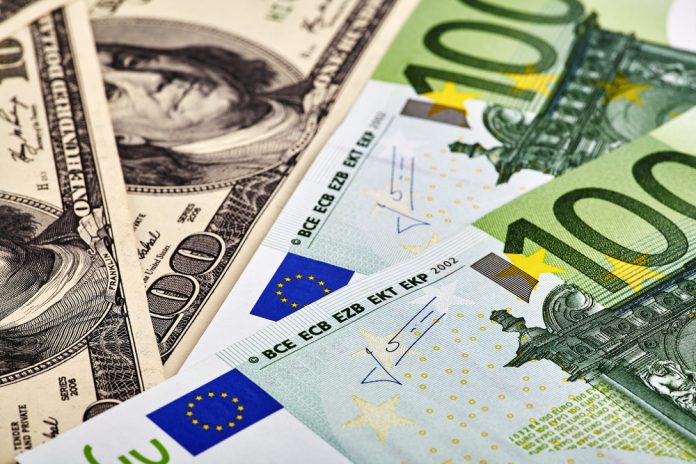Trump and EU officials have agreed to work out a deal towards ‘zero’ tariffs on Wednesday, avoiding escalation into a full-blown trade war.
The deal came after EU Commissioner Jean-Claude Juncker and President Trump met in Washington on Wednesday to discuss trade between the two blocs.
Last month, Trump escalated tensions with the EU by imposing high tariffs on EU aluminium and steel imports.
In response, Brussels introduced similar tariffs on Levi’s jeans, Bourbon and Harley Davidson Motorbikes.
Mr Trump said in a press conference that the US and EU were “starting the negotiation right now but we know very much where it’s going”, as he outlined an agreement to work to reduce barriers and increase trade in services, chemicals, pharmaceuticals and medical products.
Similarly, Juncker seemed optimistic about the compromise.
“I had the intention to make a deal today and we made a deal today. We have a identified a number of areas on which to work together.”
He continued: “As far as agriculture is concerned, the European Union can import more soybeans from the US, and it will be done.
“And we also agreed to work together on the reform of the WTO. This, of course, is on the understanding that as long as we are negotiating, unless one party would stop the negotiations, we will hold off further tariffs, and we will reassess existing tariffs on steel and aluminum.”
Prior to the meeting, Trump took to twitter to defend his high trade tariffs against the EU and China, calling them “the greatest”.
However, after the press conference, Trump adopted a more conciliatory tone towards the EU with respect to trade. He tweeted:
Great to be back on track with the European Union. This was a big day for free and fair trade!
— Donald J. Trump (@realDonaldTrump) July 26, 2018
This follows Trump’s recent European tour, where he attacked the NATO alliance, demanding other countries increase their defence spending to 4 percent to match the U.S.
Similarly, During a visit to the U.K to meet with Prime Minister May, Trump used an interview with the Sun newspaper to condemn the government’s Brexit strategy.

